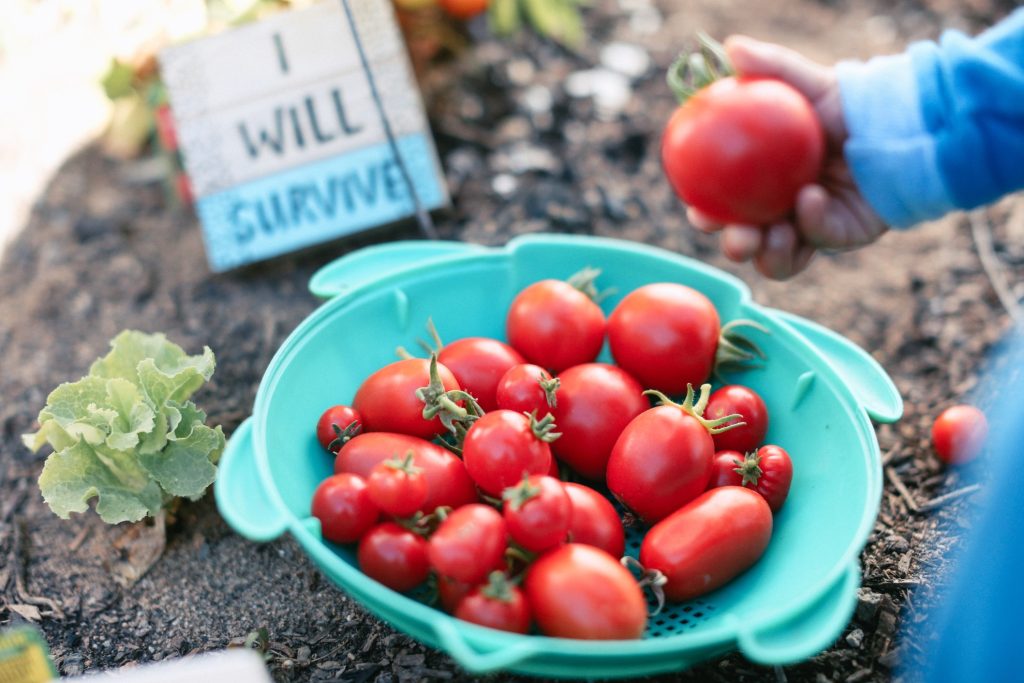Summer is that exciting time of the year to get your edible vegetables ready for harvest.
Summer is considered the height of the growing season as the vegetables begin to blossom. It is important that you learn what edible vegetables do best during summer and don’t forget vegetables need full sun which makes them ideal for summer.
Growing your own food has emerged as one of the biggest garden trends this year and we must admit it’s profiting and healthy compare to getting store-bought products.
Learning edible vegetables to plant during summer will also help you find out what to plant as companion planting with each of your plants to encourage growth and prevent diseases.
Edible Vegetables To Grow In Your Garden to Survive The Summer Sun
What would a garden be like without the right edible vegetables in it? While it might be too late in some countries to plant edibles such as lettuce, there are other vegetables waiting to be planted instead.
A planting guide is essential if you want to choose the right crops for every season and nothing says summer like a garden flouring with blossoming vegetables. So, here are some of the best edible vegetables to plant during summer.
1. Tomatoes
Tomatoes just had to be the first on the list as we all know that no garden is truly complete without tomatoes. These edible vegetables can please any table with their big juicy fruits and there are different varieties for you to choose from.
Tomatoes are really great summer edible vegetables as they generally need a long growing season with lots of sun which is at least 6 to 8 hours a day.
Although it might be too late to grow tomatoes from seed in some countries so you can check the nurseries or online retail plant stores for plants. It is best to plant tomatoes as soon as the weather warms in spring to make sure you get a bumper crop by august.
Companion planting tomatoes with other crops such as marigold, chives, and basil can help deter pests and prevent tomato rot.
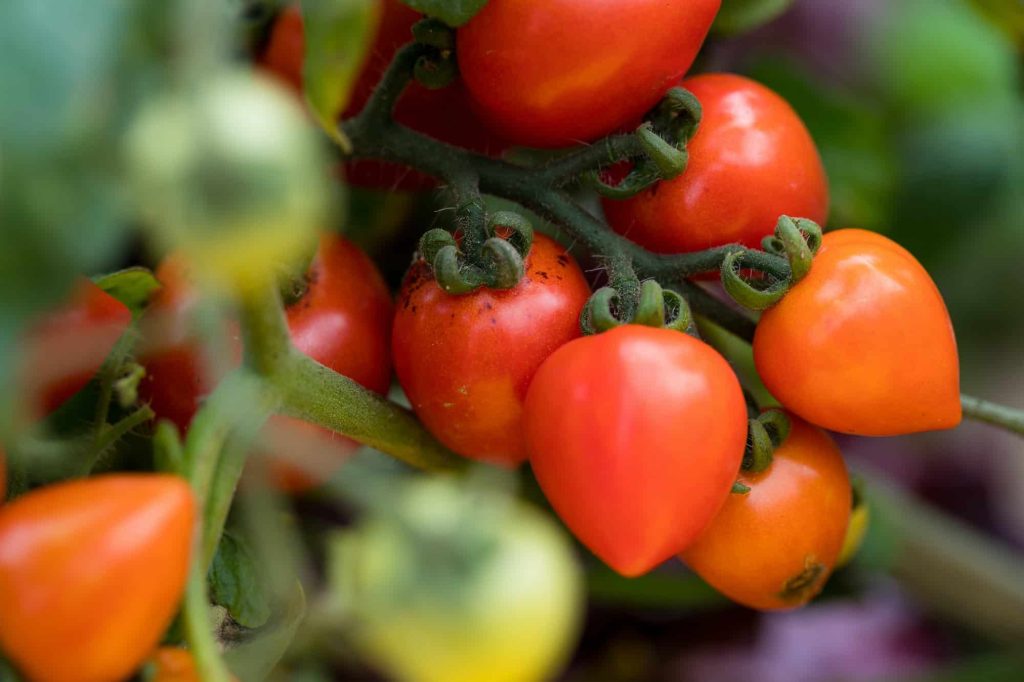
2. Cucumbers
Cucumbers are relatively easy to plant and make great summer vegetables. Cucumbers are prolific producers and you can feed on them straight from the vine.
Just like tomatoes, there are different varieties of cucumbers as well. Persian cucumbers, lemon cucumbers, and cucamelons are all types of cucumbers that love hot weather so summer is the ideal time to plant them.
There are many great companion plants to pair with cucumber to help repel pests. Cucumbers take about 50 days to mature so for some countries, they can still plant from seed. But if your area gets frosty early then you should opt for transplants so they can get a head start.
To encourage your cucumbers to do well, companion plants them with crops such as corn, peas, and beans. Late planter cucumber crops will also face less pressure from cucumber beetles.
3. Malabar Spinach
Malaba Spinach needs a bit of special care and it will go ahead and thrive when planted during summer. This edible crop is quite unique as it’s not real spinach but rather a topical vining plant that grows in warm well-drained soil.
Although the leaves can be eaten as summer salad greens. This vegetable will not survive any kind of frost so they are basically to be planted during summer alone.
Malabar spinach can be planted next to beans and Egyptian spinach. This is quite an edible landscape plant and if grown on a trellis, you are sure to get greens all summer long.
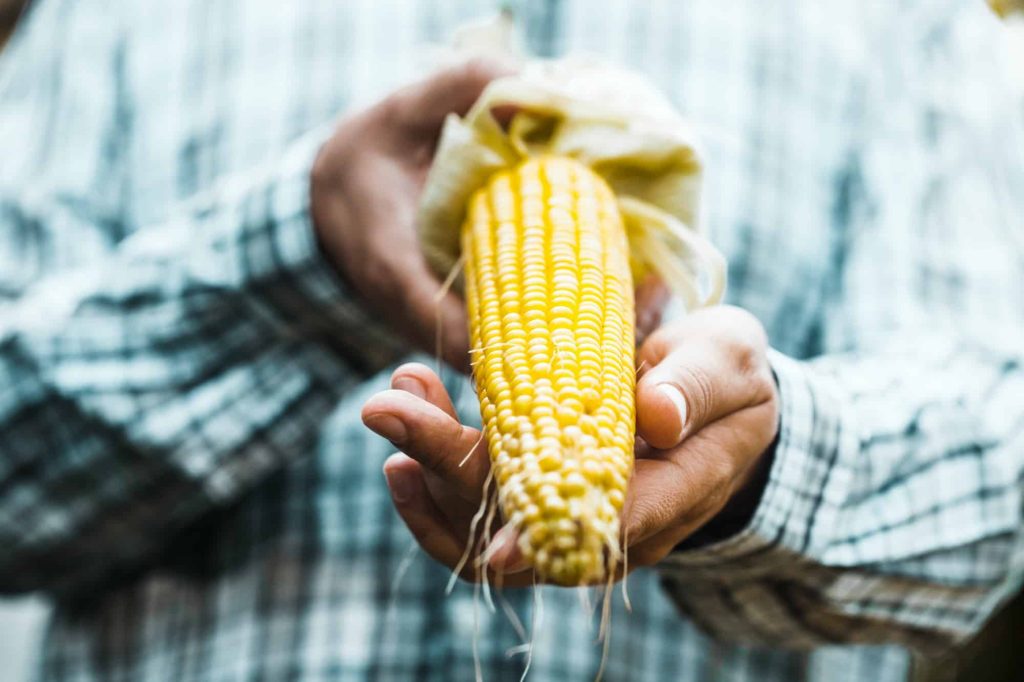
4. Sweet Corn
Corn is definitely an edible vegetable worth planting in your summer garden.
Compare to other edible vegetables, corn can be a bit tricky to grow but with the right care and knowledge, you are sure to reap the benefits of planting corn during summer. Corn needs proper pollination and lots of space and the hotter it gets, it faster it tends to grow.
You can grow corn with squash and beans as the three sisters’ companion planting as they are all shallow crops with the same planting requirement. And yes, corn is more of a grain than a vegetable and it’s the only vegetable where you are eating the seeds.
5. Eggplant
There are many varieties of eggplant you can go for and it thrives in high temperatures just like tomatoes and peppers. Eggplants are warm-weather crops and they appreciate full sun and adequate water. This plant like its root moist throughout its growing season so, make sure to add mulch to the ground to help their root stay cool during summer.
Pick eggplant fruit when they are small as the large ones are often too soft and mealy. Eggplants are great companion beans, pepper, amaranth, spinach, and thyme.
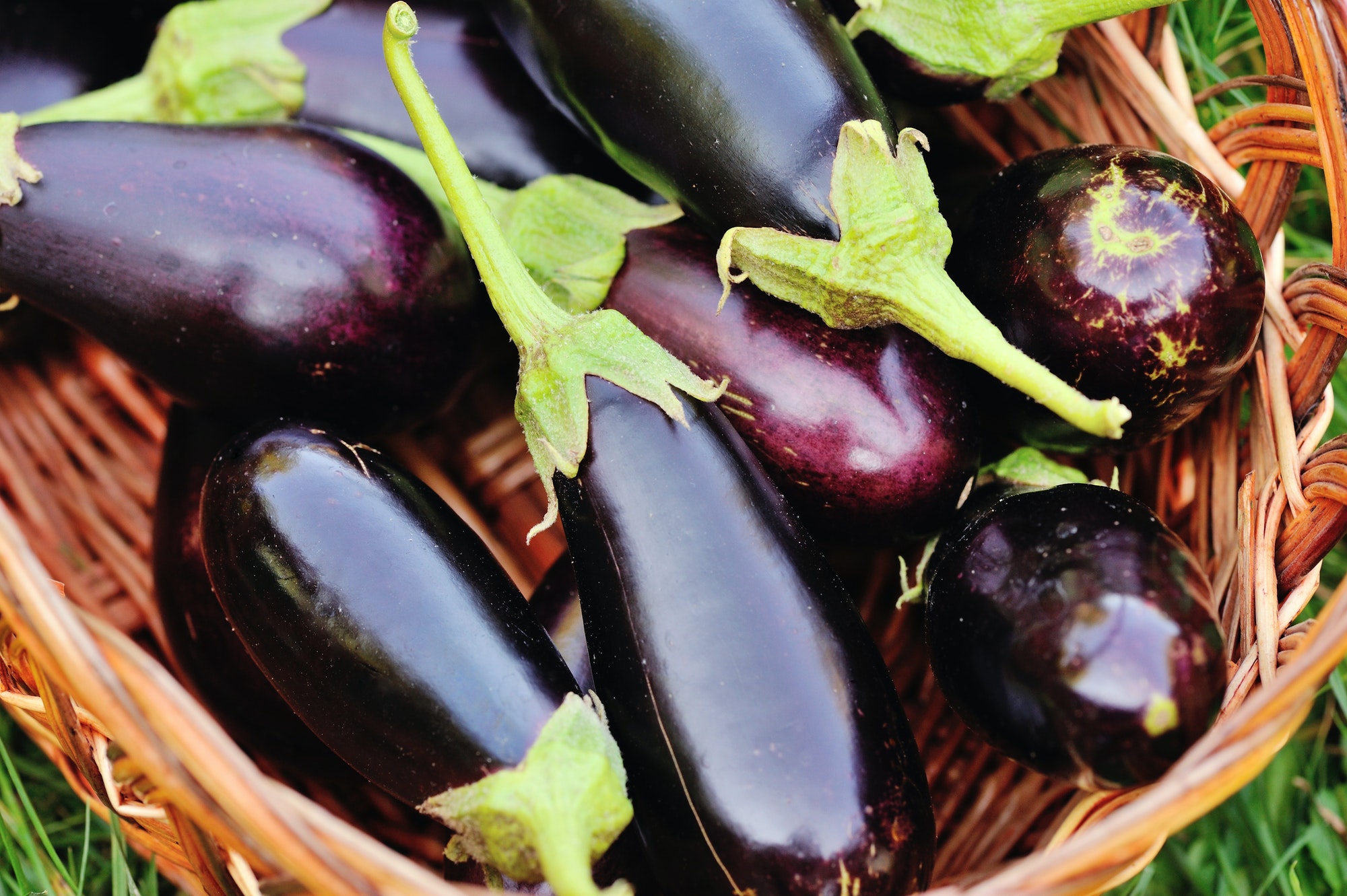
6. Okra
Okra is the favorite summer vegetable for many gardeners. It is a hot weather-loving plant, especially the warm night. Sow okra directly into the soil several weeks after the frost has passed and mulch to keep the roots a little cool and also to conserve moisture.
You need to be extremely gentle with the seedlings of okra due to their delicate root. Pick the pods when small as this plant is very prolific but quite unforgiving if you let the pods grow too big. It will definitely stop producing if you let it get too big. Companion plants to consider for okra include cucumbers, melons, or eggplants.
7. Peppers
Peppers, eggplants, and tomatoes can be grown together during summer as companion plants since they have the same growing requirements. Hot pepper prefers growing in full sun and also needs consistent watering. This plant is fairly easy to grow during summer and just like tomatoes, there are so many varieties to choose from.
Make sure to have your pepper watered regularly during summer and water near the soil level to prevent soil-borne diseases that affect peppers.
The sweet and or hot pepper is the best summer variety and they are also great for your pizza and salsas for roasting. Peppers can be planted in close proximity to carrots, and radishes. members of the allium family and squash.
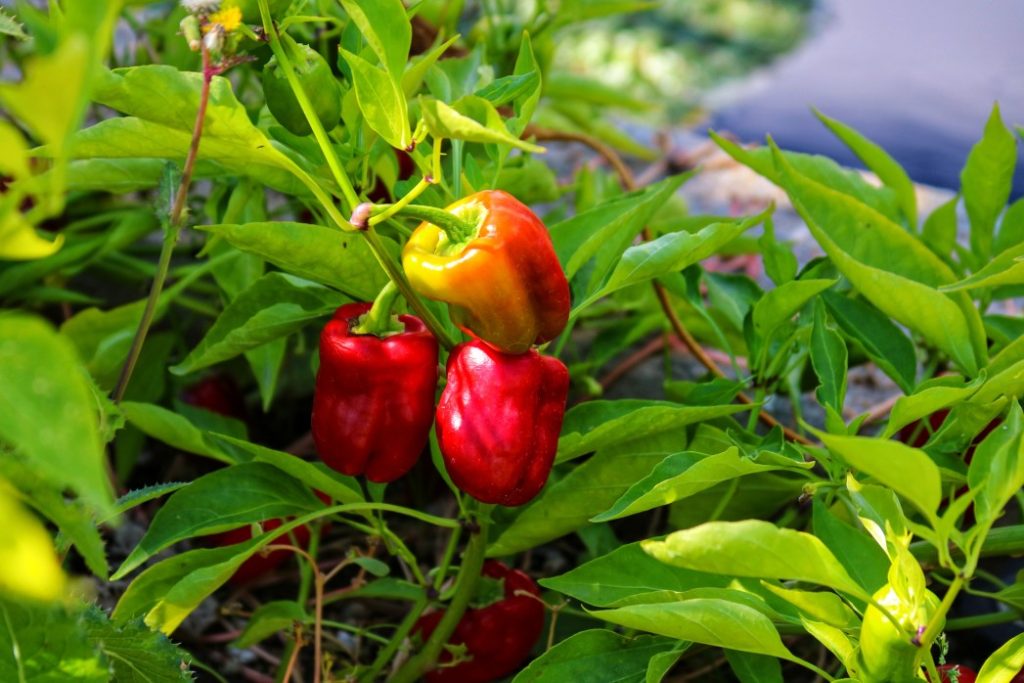
8. Melons
Melons are not exactly hot weather vegetables due to their fruits but they are plants that want heat and will do best when planted in loamy soil. The variety of melon that does well when planted during summer is cantaloupe, it is easy to grow and ripens really fast. Melons need to be fed regularly and also ensure to keep an eye out for pests and diseases.
Melons are sensitive to drought, hence they need to be watered regularly until they begin to bear fruit. They are ready to be harvested when their aroma is strong and the blossom end is beginning to soften.
9. Squash
Squashes are one of the easiest edibles to grow during summer. There are so many varieties of squash to for but the popular ones are Summer Squash, Crookneck, Pattypans, Delicata, Zucchini and Cousa are all great options for your summer garden.
Squash needs a spot with full sun and should be watered well after sowing the seed.
Ensure to keep an eye out for pests and diseases and have them planted early from seeds. Squash is prone to long growing seasons just like tomatoes. Squash should be harvested regularly or when the fruits reach a usable size to ensure continual growth.
10. Berries
Blueberries or strawberries are great edibles that deserve a permanent spot in your summer garden. They should be planted through early spring in warm winter climates and yes they are not vegetables but they are easy to grow. These summer edibles are wonderful to add to salads or munch on as a sweet summer snack.
Berries need full sun and a well-drained mildly acidic to neutral pH soil. For patio plantings, go for the Blackberry babycakes and Raspberry Shortcakes as having them planted during summer can be really rewarding.
Not all plants do well as companion plants with berries. Strawberries grow well with spinach, thyme, or lettuce while raspberries are best planted with onion, garlic, and oats.
11. Pumpkins
The light requirement for pumpkin is the full sun just like every other summer plant. You should have your pumpkin in the soil once the soil temperature reaches 65 degrees F. Pumpkins are fairly easy to grow and they are great for making pies and soups. These edibles are rewarding addition to the summer garden although they do tend to hog the garden space.
Have your pumpkins planted in well-drained fertile soil with plenty of space for your pumpkin to spread out. Provide regular for these edibles and fertilize once they start to bloom.
You can keep growing pumpkins into autumn as they can take light frost but have them harvested before the harder frost.
12. Sorrels
Sorrels can be planted in summer and late autumn. These plants are cold hardy perennials that are sure to be harvested the same year and provide you green throughout the hottest summer. These leafy green vegetables are really gorgeous while growing and have a refreshing and tangy flavor that makes them perfect for salads and soups.
There are so many companion plants that are sure to benefit from being planted near sorrels which include tomatoes, cabbage, and strawberries. Give sorrels a spot in your garden or container where they can come back every year.
13. Sweet Potatoes

Sweet Potatoes are definitely worth a spot in your summer garden. These edibles are grown from transplants called slips although they require a long growing season, they do love hot weather. Sweet potatoes are cold-sensitive plants and they do best when they are planted about a month after the last frost date.
The soil and days need to be warm to grow healthy sweet potatoes and they quickly mature into an abundance of vines that goes as large as you let them. You can have sweet potatoes grown in your regular landscape beds and be sure to give them plenty of space in the garden.
14. Swiss Chard
Many greens do not survive hot weather but not swiss chard, it thrives in summer. The mild green from it can be harvested small and used in salads or used in replacing spinach in a number of dishes. Swiss chard is typically a cool-season crop, but it’s known to have higher heat tolerance.
When it gets too hot to plant other greens then swiss chard is the best alternative to go for. To get some extra color in your garden, go for a Rainbow chard that has dark green leaves and red, orange, pink, white, and yellow stems.
15. Beans
Beans are always the first place to start when you think of edible summer vegetables.
The bean family is quite large but if you are looking for the best type of beans in a summer garden then you should be planting pole beans, bush beans, green beans, and runner beans. There are always a few beans to pick up every day once they start producing fruit.
Plant in loose soil, full sun, and regular water. The soil should also be moist but not soggy and most gardeners don’t start seeds indoors and bean plants are quite sensitive to transparent shock.
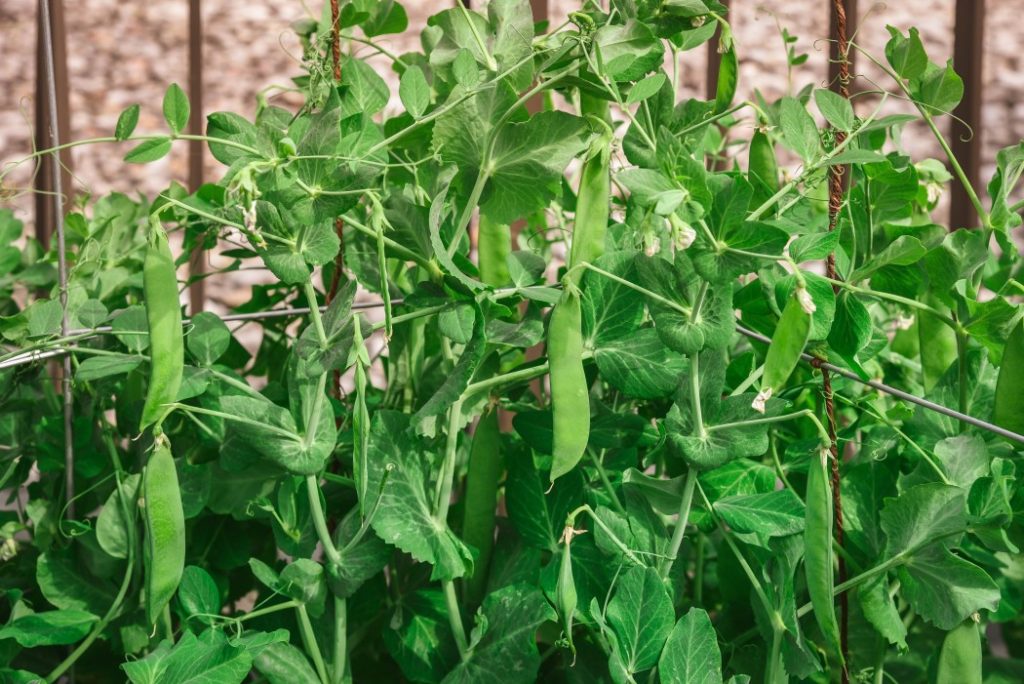
16. Southern Peas
Southern peas are commonly known as cowpeas and just like black-eyed peas, they won’t tolerate frost. This warm-weather crop should be planted 4 weeks after the last frost and they can be planted in full sun or partial shade.
Southern peas can help improve the health of your soil and are beneficial as a companion plant with certain plants like onions and garlic.
17. Amaranth
Here is another edible vegetable to plant in early summer. This is a true summer crop every gardener needs to have planted, it needs warm soil and lots of sunlight to thrive. Amaranth can be enjoyed for its grain or its leaves.
It adapts easily to any soil type as well and for companion planting, pair it with eggplant or corn to shade the soil
18. Manoa Lettuce
Not all varieties of lettuce are warm-weather crops but Manoa is known for being a hot weather crop. These are great summer vegetables and it’s known for their heat tolerance ad love of tropical climates. it can also be planted among other warm-season edible vegetables and it grows best with corn and cucumber.
Manoa lettuce is small and can be easily planted in place of lettuce. It should be planted in fertile, well-drained soil and just like every other summer vegetable, it needs a sunny spot but keep the soil moist. It is regarded as mini lettuce.
Final Thoughts
The right edible vegetables in your summer garden are sure to give your a fruitful harvest and that can be extremely rewarding.
Spring and fall usually come with lots of vegetable options to choose from, but same when summer approaches, these choices dwindle. However, to make sure you keep harvesting all summer long, the above are edible summer vegetables to plant.

